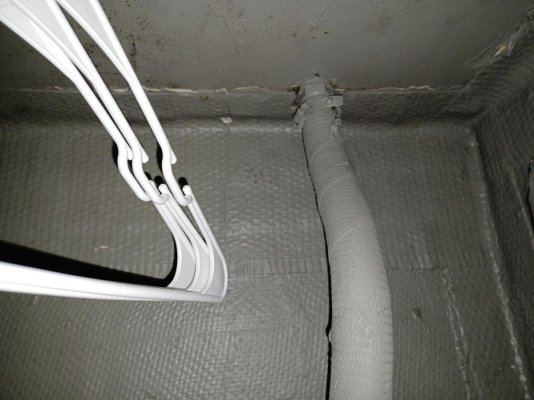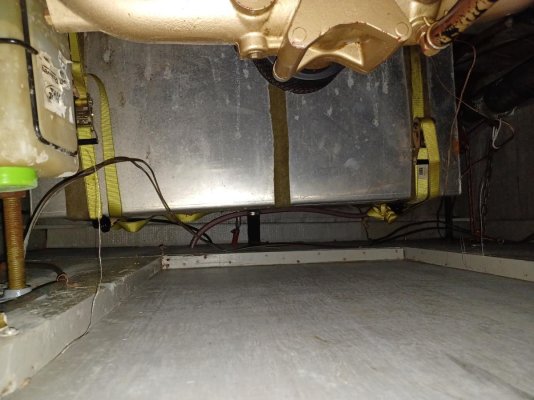I apologize for length of post in advance.
I expect to buy a 35-50 year old boat that will require a good deal of sweat equity... (Only way I can afford it) as soon as I find the right one.
Planned use: Live aboard in NJ, capable of seasonal trips, to Cape Cod, etc.
I will have a reputable surveyor go over it before I purchase a boat. But before engaging a surveyor, I want, to the best of my ability ascertain the boat is worth being surveyed.
So... Here are pictures and some questions, any and all advice welcome, specific to this model, or more general.
Boat has been on the hard for a year.
Regarding the bottom:
1st) Is the peeled paint a sign of severe blistering, or other serious issue or simply poor prep/application?
2nd) Is there a way to determine myself if the visible crack more than a gel-coat issue(a thin blade does not penetrate beyond what would be accounted for by the coating and listing, but during a torrential rain when pressing on crack, in some places slight flexing movement within maximum 1/2" border of crack is felt and v. small amount of water bleeds up.)
Exterior hull fittings have minimal corrosion and seem very tightly bonded.
Owner states there is one soft spot on Flybridge deck, but otherwise not aware of any more. I will check closely tomorrow generally, and near penetrations.
Owner discovered a leak in potable water tank, and developed a weekend trip work-around to supply pressurized water to sinks and toilet (1) or has used dock supply. I have read the threads regarding the GS water tank and will talk to him further and take a closer look.
120hp Ford Lehman Engine.
States that all filters have been changed regularly, strainers cleaned, etc, and winterized every year, but that no major work has been done in his 5 years of ownership. No problems that he was aware of when last winterized.
Since bypassing water tank, bilges are dry. Pumps and alarm function properly.
No obvious signs of significant interior leaks around hatches port holes or door.
Fridge dead, and generator had not worked since he bought boat.
I have been reading all I can here and elsewhere.
I know it's a lot to ask but any suggestions about things to look at,
and what should be considered deal breakers, for a reasonably competent DIY type with no knowledge of Diesel engines, except running farm tractors (don't run out of fuel)...
If this boat can pass that level of examination, then it may be time to think about finding the right surveyor.
I am looking at one other boat seriously, a Hershine 37 which I will post questions about in the Taiwan thread.
I hope this is an appropriate post.
Thanks, Eric
I expect to buy a 35-50 year old boat that will require a good deal of sweat equity... (Only way I can afford it) as soon as I find the right one.
Planned use: Live aboard in NJ, capable of seasonal trips, to Cape Cod, etc.
I will have a reputable surveyor go over it before I purchase a boat. But before engaging a surveyor, I want, to the best of my ability ascertain the boat is worth being surveyed.
So... Here are pictures and some questions, any and all advice welcome, specific to this model, or more general.
Boat has been on the hard for a year.
Regarding the bottom:
1st) Is the peeled paint a sign of severe blistering, or other serious issue or simply poor prep/application?
2nd) Is there a way to determine myself if the visible crack more than a gel-coat issue(a thin blade does not penetrate beyond what would be accounted for by the coating and listing, but during a torrential rain when pressing on crack, in some places slight flexing movement within maximum 1/2" border of crack is felt and v. small amount of water bleeds up.)
Exterior hull fittings have minimal corrosion and seem very tightly bonded.
Owner states there is one soft spot on Flybridge deck, but otherwise not aware of any more. I will check closely tomorrow generally, and near penetrations.
Owner discovered a leak in potable water tank, and developed a weekend trip work-around to supply pressurized water to sinks and toilet (1) or has used dock supply. I have read the threads regarding the GS water tank and will talk to him further and take a closer look.
120hp Ford Lehman Engine.
States that all filters have been changed regularly, strainers cleaned, etc, and winterized every year, but that no major work has been done in his 5 years of ownership. No problems that he was aware of when last winterized.
Since bypassing water tank, bilges are dry. Pumps and alarm function properly.
No obvious signs of significant interior leaks around hatches port holes or door.
Fridge dead, and generator had not worked since he bought boat.
I have been reading all I can here and elsewhere.
I know it's a lot to ask but any suggestions about things to look at,
and what should be considered deal breakers, for a reasonably competent DIY type with no knowledge of Diesel engines, except running farm tractors (don't run out of fuel)...
If this boat can pass that level of examination, then it may be time to think about finding the right surveyor.
I am looking at one other boat seriously, a Hershine 37 which I will post questions about in the Taiwan thread.
I hope this is an appropriate post.
Thanks, Eric



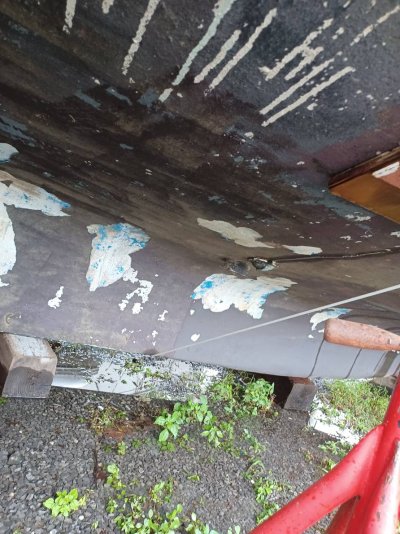
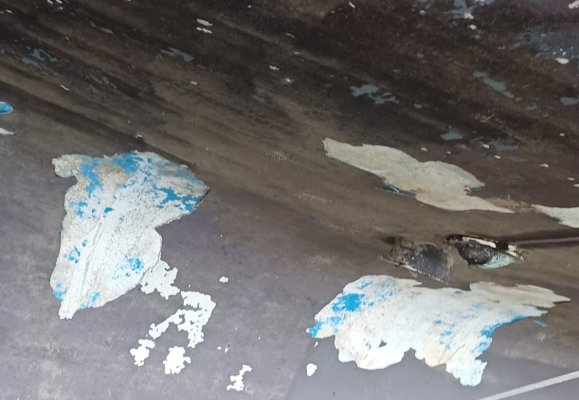
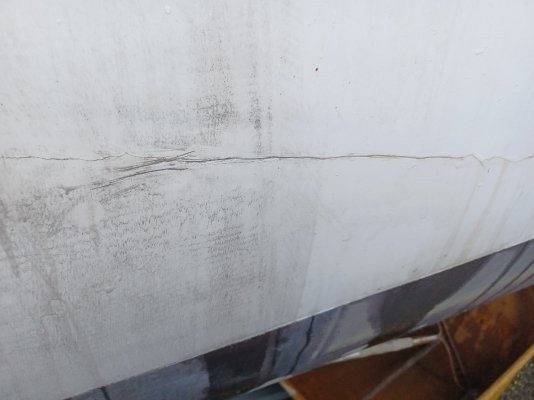

 Last time was windy and raining.
Last time was windy and raining.


